Heating with infrared heaters
One of the options for electric heating uses radiation in the infrared range. In the same range, the sun radiates its heat, and so does our body. Therefore, such heating is described by the owners as very comfortable.
The content of the article
What is infrared heating
Infrared (IR) heating works differently than the more familiar convector heating. The radiated waves heat up objects - walls, floor, ceiling, furniture - and already from them heats up the air in the room. A person who is in a room heated by infrared radiation is enveloped in heat from all sides, and from the floor too. For this reason, the level of comfortable temperature is reduced by a couple of degrees, which means that under the same conditions, heating costs will be lower.
Nevertheless, miracles do not happen and only heating the house in which heat loss is minimized will be economical. Under such conditions, of course, all heating costs will be less, including for any electric one. But with IR heating, the temperature really needs a lower one. The second reason for saving is the presence of a thermostat. If equipped, the heaters operate for a short period of time when the room temperature drops below the set one. Otherwise, the heaters are in operation all the time, the room is hot, you have to open the windows, and the electricity bills are high (to put it mildly).
Infrared heating can be used as the main one, or it can be used as an additional one to create more comfortable conditions in a specific place - near the desktop, in the recreation area, etc.
Types of IR heating and heaters
Infrared heating has many options. There are several types of heaters, some of them can be mounted on different surfaces - on the floor, ceiling and walls - creating the required temperature, and this can be done zoned.
Ceiling heaters
This type of IR heater is located exclusively on the ceiling. Heating element - tubes emitting waves in the required range. Radiation is scattered by metal baffles, nevertheless, the wave flux remains powerful, and the surface heating is strong. In this regard, it is recommended to install ceiling infrared heaters not lower than at a height of 3.2 meters, but more comfortable sensations if they are at a height of about 3.6 meters.
- Ceiling IR heater with standard design
- Contemporary ceiling heater. This can already be beaten in the interior
- For example, so
- Mount it as part of a multi-tiered false ceiling
Not very attractive infrared ceiling heaters from an aesthetic point of view. You can fit them into a modern style, minimalism, loft and other technocratic directions. In more classic or romantic interiors, this is unlikely to work.
Film infrared heaters
One of the most popular infrared heaters in recent years is a polymer film with carbon strips applied to it. A current is passed through these strips, under the influence of which the carbon paste emits infrared rays. The advantage of infrared film heaters is their flexibility, so that they can be mounted on almost any curved surface.Almost - because they still have a minimum bending radius, and it is undesirable to exceed it. If we talk about the location of the surfaces, then it really doesn't matter where to fix it - even on the floor, even on the walls or ceiling. This is very helpful if you need to make heating attic floor with its sloping walls. At the moment, film heating is the most mobile and easy to install.
The film is attached to a flat surface. The most common material for fastening is double-sided tape. If this heater will be mounted on walls or ceiling, it can additionally be fixed with clamps from the clutch. Only by driving in the staples, you need to get into the film, not into the conductive tires, or into the carbon (dark) stripes. By the way, if several strips are damaged, the system remains operational - only the damaged strips are excluded from work. But if the tire is damaged, the whole piece of tape will not work.
This film is produced in rolls, it can have different widths - from 30 cm to 100 cm. The length is cut as needed - there are cut lines. The cut strips are mounted on the surface, then they are connected by conductors (in parallel), then they are brought to the thermostat, which controls the operation of the entire heating system. This system has another component - a sensor (sensors) that measure the state of the air or the temperature of heating surfaces. They are also connected to the thermostat and, according to their readings, the operation of the heating elements is regulated. By the way, there are models of thermostats with built-in sensors. Then you don't need to install anything additionally, but if the sensor fails (it happens not so rarely), you will have to spin the thermostat, and there may be a guarantee for it ... In general, the choice is yours.
The film is mounted under the finishing material. On the walls, it can be drywall sheets, lining or something similar. On the ceiling, such a system can be mounted under a suspended ceiling or, too, upholstered with clapboard. With a floor there are even more solutions - any coating suitable for a warm floor is suitable.
Wall mounted thermal infrared panels
These infrared heaters are very recent. They are a multilayer structure: the back wall can be made of metal and powder coated, a heating element (carbon thread) is attached to it, and it is closed with a ceramic screen. Some manufacturers add a heat accumulator to this "pie" - a plate made of heat-absorbing material that heats up to a certain temperature and emits heat even after the device is turned off.
According to the installation method, infrared panels for heating are wall and ceiling. Ceiling can be installed in Armstrong profiles or fixed to the ceiling with special clamps. Wall-mounted models can each be equipped with a thermostat and an electrical cord. In this case, installation is just hanging on hooks driven in the right place. There are wall infrared panels that are combined into a single system (wires) and controlled from a single thermostat. In this case, in addition to mechanical installation, it is also necessary to assemble the electrical part.
- Infrared ceramic panels can be mounted on the ceiling
- This is a wall-mounted version with photo printing
- The ceramic panel can be painted
- The surface can be painted in any color or its color can imitate wood
- Plain white infrared panel
These panels can be just white, they can be printed with a picture - ordinary or in the form of photo printing. Patterned panels are usually hung on the wall, they also serve as decoration.
Infrared heating with skirting boards
Infrared baseboard heaters are arranged according to the same principle as the heating panels. Outwardly, they are very similar to ordinary ones, only they have a great height and are made of ceramics. They are installed along all walls or some part of them, but installation on external walls is desirable. They can be mounted on top of existing skirting boards or instead of them.
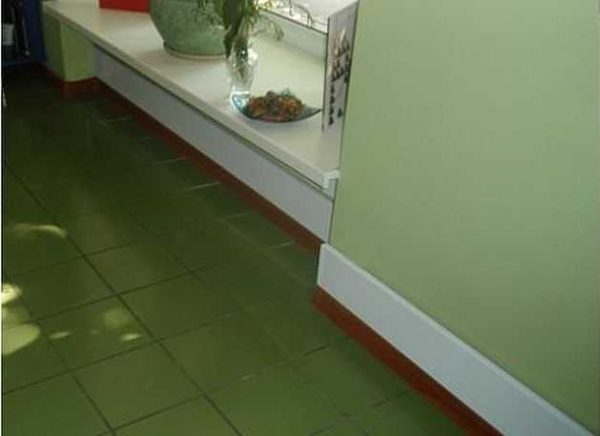
Infrared heating with ceramic skirting boards is a good idea for discreet, comfortable and efficient heating
Such heating is the most rational and comfortable: first of all, the wall is heated, and the air is already heated from it. A heated wall array is an excellent heat accumulator. It is able to maintain the temperature for hours even after turning off the heaters.
Gas infrared heaters
Not all infrared heaters are powered by electricity. There are installations that run on liquefied gas. They are available in two versions - for indoor and outdoor use.
The liquefied gas is mixed with the forced air, enters the chamber, where the pressure of the mixture rises. Under high pressure, the gas-air mixture enters the ceramic burner, which is a small-cell panel. Gas oxidation occurs in these cells, as a result of which the ceramics heats up (up to 800 ° C) and begins to emit heat in the IR range.
The temperature regime is regulated by a regulator located near the burner. Safety is guaranteed by fire and gas detectors. There is also a device that turns off the burner if it falls.
With such a heater, you can quickly heat the dacha, raise the temperature to a comfortable one on the terrace, in gazebo, in some part of the yard. So infrared heating can be done without electricity. heaters of this type are also available in a portable, traveling version.

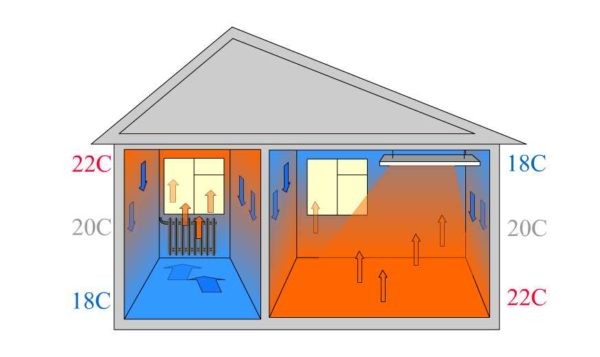
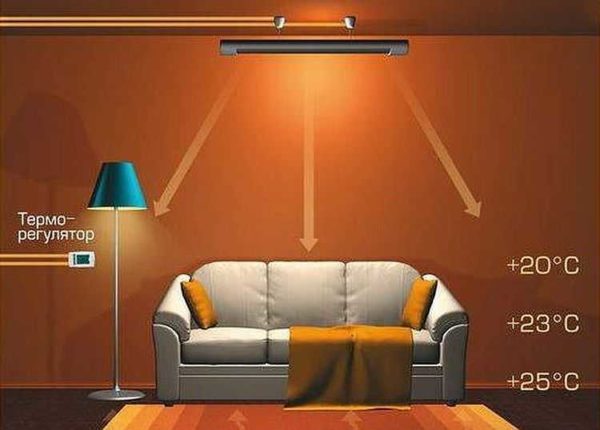
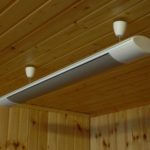
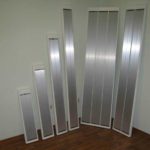

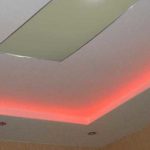
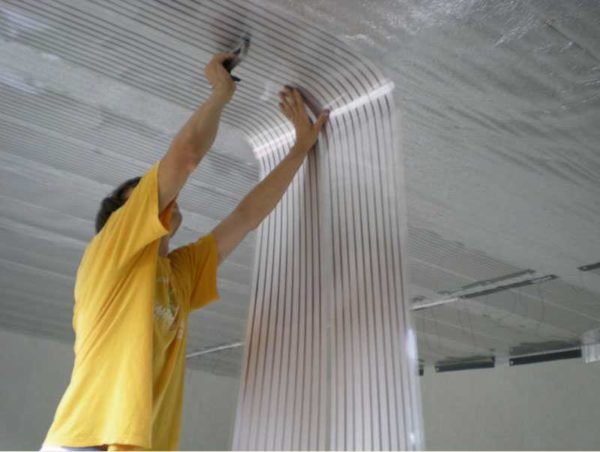
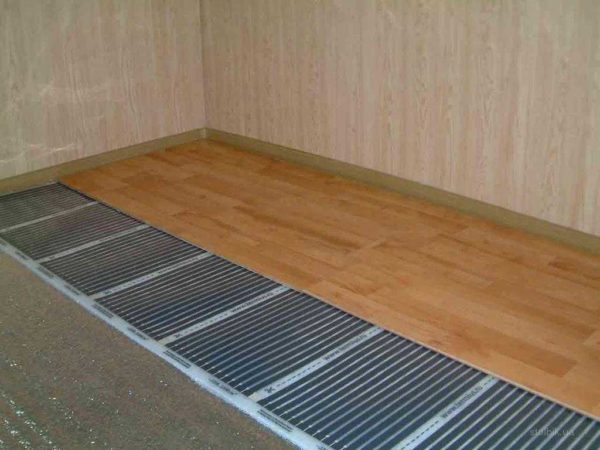
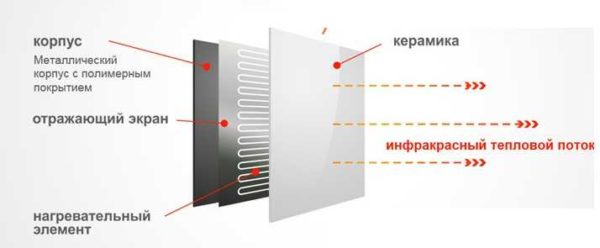
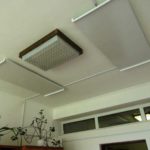


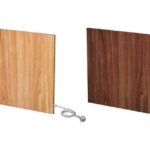
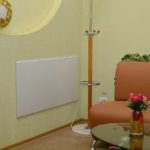
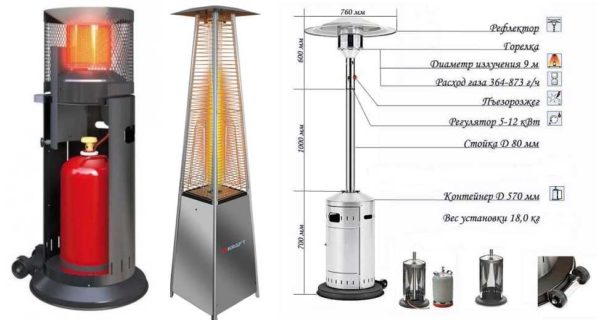
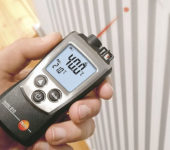
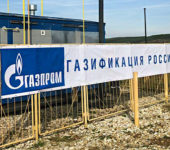
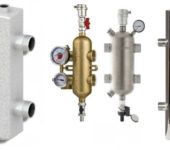

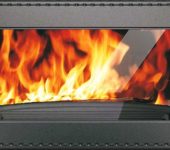





How many kW per month is spent on heating 20m²
How many KV per day is required to heat the house 100m². In winter frosts ???